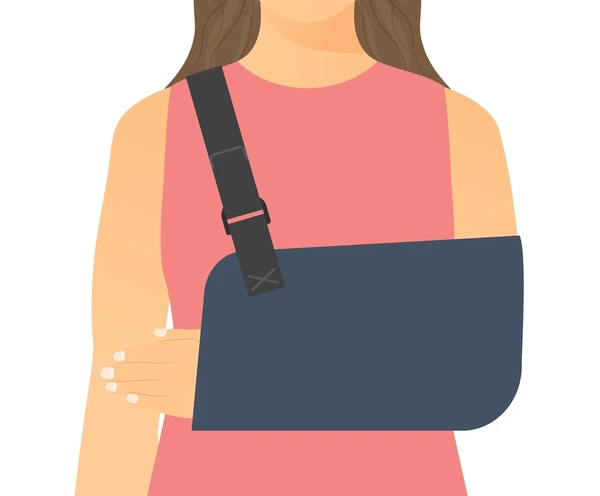Historically, shoulder dislocations were treated non-operatively in nearly all cases. It was felt that surgery was “the last resort.” However, we now understand the each dislocation has negative consequences that may lower the ultimate outcome. The most challenging cases of shoulder instability are patients who have multiple dislocations. With each dislocation there is damage to the cartilage, which leads to earlier onset of arthritis; and also to the bony structures which leads to the need for reconstruction with more advanced procedures. A patient with only a few dislocations can typically be treated with an arthroscopic Bankart repair; however, a patient with multiple dislocations can often require more advanced arthroscopic techniques or even an open bone graft procedure.A study by Marshall et al. in the American Journal of Sports Medicine (see article) compared outcomes of arthroscopic labral repair (Bankart repair) after a single dislocation versus with multiple dislocations. 121 patients were evaluated at an average of over 4 years after surgery.
- The odds of recurrent instability was 4 times higher in the group with multiple dislocations compared to the group treated with surgery after a single dislocation.
- The odds of needing additional surgery was 6 times higher in the group with multiple dislocations.
Based on this study as well as others, I typically recommend arthroscopic Bankart repair for a patient under 30 with a first-time dislocation. This approach is minimally invasive and leads to a more predictable return to function and potentially prevents further instability and more complex surgery. Fortunately, with an arthroscopic approach the procedure is very low-risk and is associated with a quick recovery. Patients with a shoulder dislocation should understand their risk of repeat dislocation with non-operative treatment.
Similar posts



